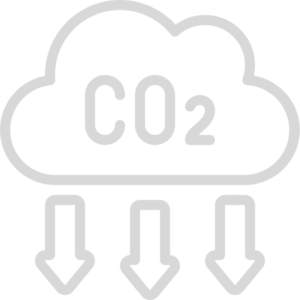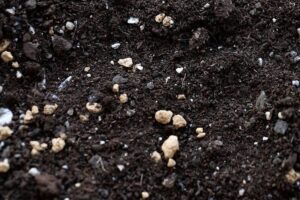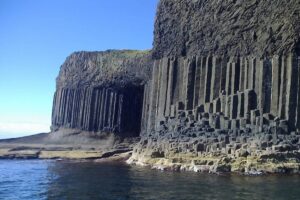To much CO2 in our atmosphere ~416ppm (*2020)
Too little carbon in soil worldwide, approximately a fall of 60% ultimately reduces the nutrient-holding capability quality of soil and hence reduces the overall agricultural productivity

It’s time to use...
Data-driven actionable insights to enhance farmer's productivity and increase soil quality (soil carbon sequestration)
with climatekrishi platform
Our Vision
Our vision is to propagate climate-resilient regenerative agriculture and our solution impacts the social, economic, and environmental grounds of Earth, hence making a big impact on the United Nations Sustainable Development Goals.


Our Mission
Dhara Climateag aims to reduce greenhouse gas (GHGs) emissions by promoting sustainable farming practices with the help of data-driven technologies. We also strive to improve the livelihoods of farmers while promoting ecological balance by increasing soil carbon sequestration. We are on a mission to capture and store atmospheric carbon by Farming, Agroforestry, Forestry, and Ocean-based farming practices in the world.
OUR CARBON REMOVAL AREAS
Agriculture
On Earth, soils are the biggest carbon sinks after the oceans. The carbon sink capacity of the world’s agricultural and degraded soils is 50 – 66% of the historic carbon loss of 42 – 78 gigatons of carbon. By increasing the agricultural soil capability to draw more atm. carbon is one of the scalable approaches for carbon removal.
Agroforestry
The cultivation of trees with crops and/or livestock on the same land offers several environmental benefits, including carbon removal and sequestration.
Forestry
Forests act as carbon sinks, absorbing CO2 from the atmosphere through photosynthesis and storing it in trees, soil, and other biomass.
Grasslands
Grassland and Peatland restoration
using soil enrichment
Ocean Farming
Mangroves conservation & restoration,
sea grass & algae farming
Our Carbon Removals Methodologies

Regenerative practices such as,
- Cover Cropping
- Inter Cropping
- No-Till Farming
- Crop Rotation and Diversification
- Composting
- Water Management
- Integrated Pest Management (IPM), etc.
can help the farmers by soil enrichment hence increasing the overall productivity while earning revenue ($) from carbon sequestration.

The process involves finely grinding certain types of rocks, such as basalt, and spreading the particles over large land areas like agricultural fields. As these rock particles react with CO2 and water, they undergo mineralization, converting CO2 into bicarbonate ions, which eventually become stable carbonates. This whole process makes the land productive while farmer’s can earn revenue ($) from carbon removal.
coming soon...

coming soon...
Our Carbon Removals Are
Verified
We partner with communities and businesses on carbon projects and track them continuously for a sound third party verification.
Timely
We integrate our current removals with Near future removals, ultimately helping you to meet ESG goals.
Impartial
Our project portfolios impact the livelihood of South Asia and Global South farmers without any discrimination
Trusted
Validated and Verified
Carbon Removals.
Fully Regenerative
We promote ecological diversity, improved soil health and local wellbeing.
Scalable
We invest mostly back into the communities to enhance the capacity of carbon removals.
Assured
We are confident in our carbon removal approach. We assure buyers get their tonnes removed on-time.
How we approach carbon projects?

Educating farmers & communities about carbon credits and collection of preliminary data from prescribed forms to understand the farming practices followed by the signing of the carbon project agreement

Data Analysis, Carbon Modeling, Project report preparation, and submission of report to Carbon Credit issuing agency for listing the project

Carbon Project Validation and Verification. Once approval, Carbon Credits will be issued
QUESTIONS?
Whether you’re curious about features, how we work, or any other question, we’re here to answer any questions.
